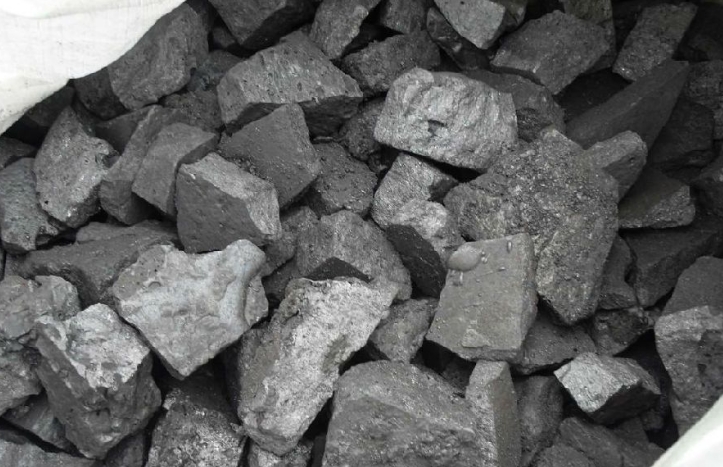
Anthracite has a lot of uses in the industrial supply chains, but is most commonly used as an energy source. Anthracite is a metamorphosed coal (lignin of prehistoric trees), which has been buried for many years under enormous pressure, forcing out the water and impurities, to reach over 90% carbon. It's a tough material that's also neutral in chemical terms and highly abrasion-resistant.
HG and UHG anthracite are the purest forms of this type of coal, with the highest degree of coalification, the highest carbon content and fewer impurities. This makes them suitable for a wide range of production processes in metallurgy, e.g. As raw materials, they are used in the production of steel, manganese and titanium. They also contain chromium. These materials are also used in the production of alloys, household filters and soda ash. This is a very popular product for water filtration and sewage treatments because it removes ozone, chlorine compounds and THMs from drinking water.
In addition to its high energy content, anthracite is the cleanest of all types of coal and burns more cleanly than bituminous or sub-bituminous coals and is much cleaner than lignite which is the lowest grade of coal burned in industrial applications. Burning anthracite generates one million Btu, whereas burning bituminous produces the same number of Btu.

Anthracite-associated graphite is an industrially important product with the highest thermal conductivity of all carbon-based materials. In order to determine the graphite content in anthracite-associated graphite, Raman spectra are often utilized. The characteristic peak of anthracite-associated graphite consists of a G peak (1580 cm-1) and a D peak (1350 cm-1). The ratio of peak intensity between the G peak and peak intensity of D peak, which is directly proportional to graphite, decreases slowly with increasing graphite.
The graphite content of anthracite-associated graphite can be determined by preparing standard samples from 0.6 g of both standard anthracite and high purity graphite. In order to determine the graphite content, the ratio between the area of peak D and peak G is recorded. For a more accurate picture, the peak area is recorded using multiple wavelengths. This method is the most accurate and fastest way to determine the graphite content of anthracite-associated carbon. Data can be plotted in order to show a graphite trend. As graphite increases, the ratio between the D peak and the G peak will decrease firstly. A good graph can be seen below. The curve was constructed from the Raman results obtained by the author. The spectral measurements were taken on the basis of anthracite-associated graphite with graphite content values ranging from 30 wt% to 80 wt%. The resulting graph shows a clear increase in the area of the D peak with an increasing graphite content. The trend is also valid for a smaller sample size of 30 wt%.

Write a Message